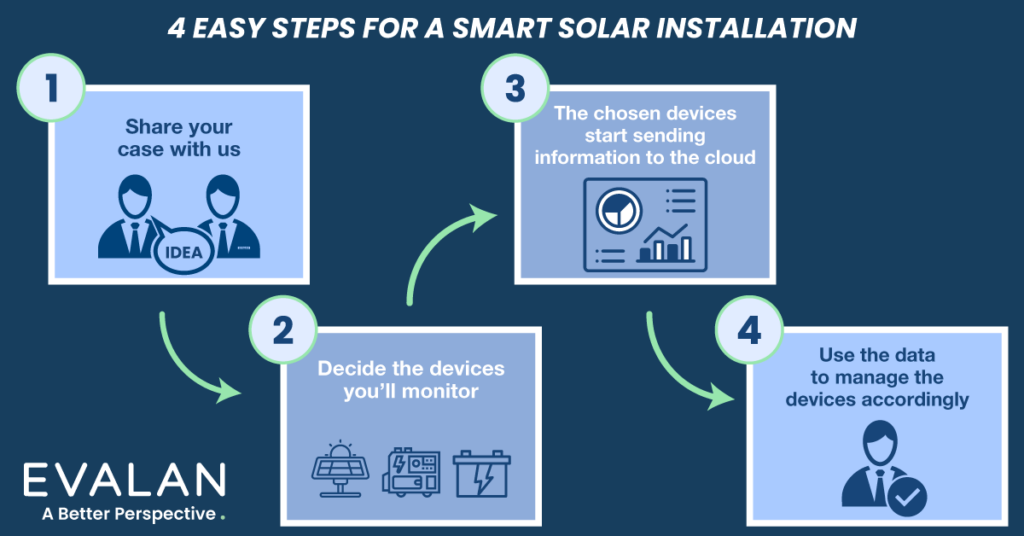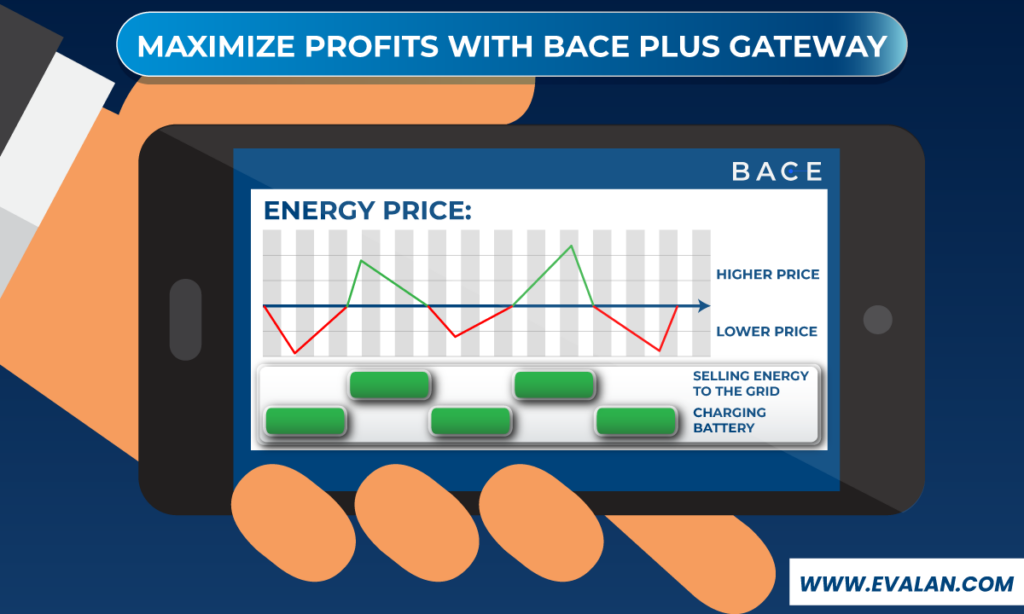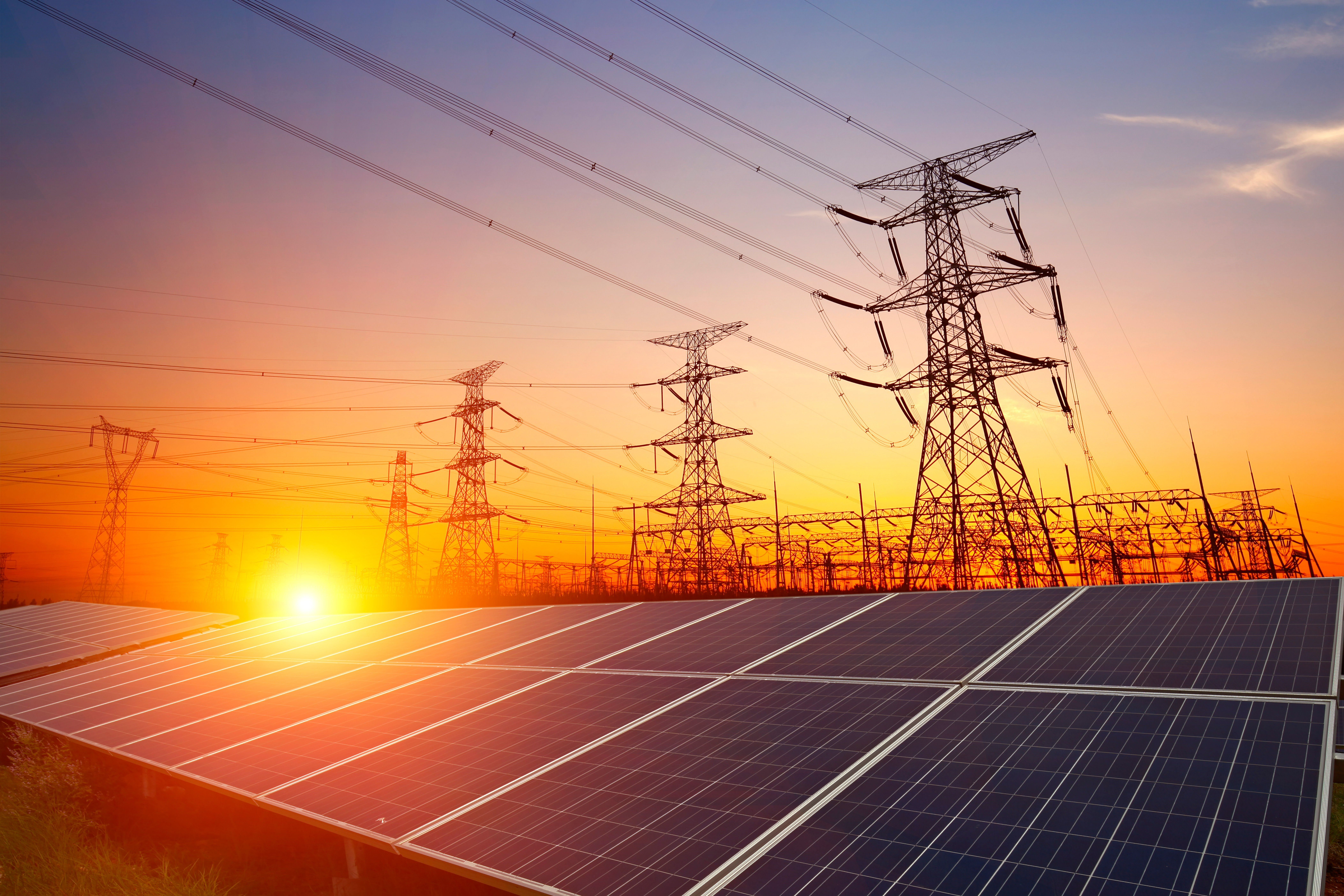With the integration of advanced technologies —such as the Internet of Things (IoT)— traditional solar power installations are advancing beyond their energy management limits, unlocking new levels of efficiency and cost-effectiveness. This groundbreaking combination is attracting both businesses and residential properties alike, as smart solar installations offer them unparalleled value and benefits including:
- Shorter payback time and higher ROI (return on investment) by optimizing surplus energy choosing the best energy price
- Utilizing surplus energy for other equipment in the facility to not give energy away
- Increased energy independence
- No vendor lock-in
- Cost savings and higher revenues
- Increased reliability, efficiency, and less downtime thanks to remote monitoring
In previous articles we discussed the possibility that IoT provides to:
- Monitor an entire solar installation at once, as well as other devices in the facility with a single IoT Platform.
- Make use of surplus energy on-site by operating other equipment in the facility.
In this article we will focus on the 3rd use case: profiting from using energy optimally based on hourly price fluctuations.

Use case 3. Maximize profits taking advantage of time-of-use rates
This use case is perfect for a business looking to make a profit by optimizing energy use based on hourly price fluctuations.
For solar installations with battery storage, a profitable option to decrease the payback time of the solar system or increase the ROI is to optimize based on time-of-use rates, which entails:
- Charging batteries and storing energy when prices are low.
- Selling energy back to the grid when prices are high.
With the aim of maximizing the profits.
Time-of-use pricing might not be known to everyone as it is typically done by energy traders on the wholesale market, and most businesses and consumers pay fixed tariffs for the energy they use.
Nevertheless, it is nowadays more common to see energy providers offering dynamic contracts to businesses and households, thus making it possible for them to take part in energy arbitrage on a smaller scale.
How Time of Use Energy Rates work
Energy prices vary throughout the day (usually by hour) depending on demand.
- During peak periods, such as in the morning and evening when people are waking up or returning home from work, energy prices are higher due to increased demand.
- Conversely, during off-peak hours, such as late at night or the middle of the day, energy prices are usually lower due to reduced demand.
“EVALAN’s IoT solution can help any business to ‘hire’ a ‘smart assistant’ to monitor energy prices daily and adjust their charge / discharge times accordingly. This means that when prices are low, the system can charge the battery and store excess energy, and when prices are high, the system can sell surplus energy to the grid to maximize the profits” states Emre Toparlar, Senior Product Manager at EVALAN.
To finish, Toparlar shares that: “the solution was created to fill the existing gap in the market and meet the demand for an automated and dynamic system that can check the daily announced rates, monitor energy generation & consumption in real time and configure the inverter accordingly, to make the system as profitable, efficient and convenient as possible.”

The technology you need: BACE IoT
“EVALAN is expert in the management and monitoring of solar energy systems with BACE, Build A Connection Everywhere, IoT technology consisting of a gateway, a cloud PaaS and a user-friendly dashboard” shares Emre.
In that sense, BACE Plus is best suited to connect your assets. This BACE module connects straight to your device via one of the several built-in protocols and creates reliable bi-directional communication between your device and the cloud application. The collected information from each device is provided to you as an API or Webhook to any application or database you want in a neat and consistent way so that it can be used however it is necessary to cater to different stakeholders.
For more information
Send an email to info@evalan.com.
Or book a meeting with the sales managers here.
